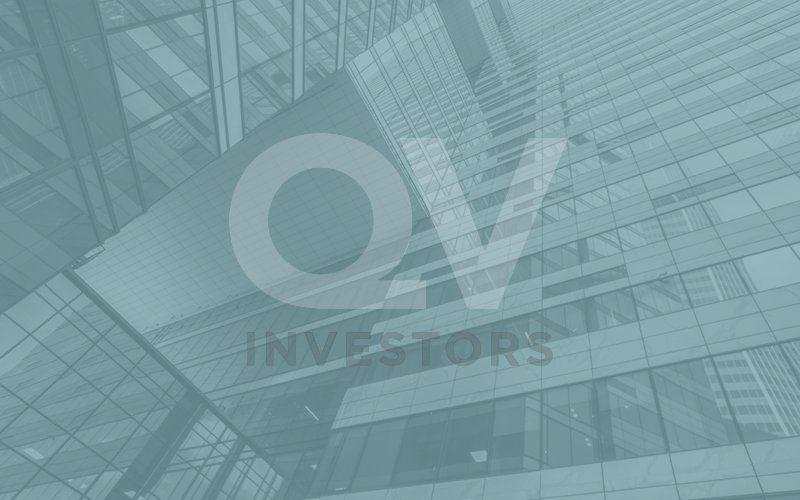A competitive advantage can be thought of as the moat around a business that limits competition and allows a company to enjoy high returns on capital. For example, a social network has network effects that make it more valuable as more people use it, resulting in a winner-take-all situation. Other examples of competitive advantages include governmental regulation, intellectual property, and economies of scale. While perhaps commonly overlooked, we find that culture can also be a strong long-term competitive advantage for many of our portfolio holdings and internally within our own firm.
Culture is ambiguous as it refers to “the beliefs and behaviors that determine how a company’s employees and management interact.” When culture is organized well, it can lead to high-performing teams that continue to get better over time. While culture itself is an open-ended concept, there are several common qualities that we have identified in companies with strong cultures. These are the same best practices that we as a firm have also adopted. A few of these characteristics are highlighted below.
A key criterion that we look for in management teams is candour with stakeholders, including both employees and shareholders. As we are long-term shareholders with many long-standing company relationships, we hold management teams accountable and closely track what they do versus what they promise. An example of a candid management team with an excellent track record is that of Empire Company, a food retailer in Canada. Mike Medline was appointed CEO in 2017 when the company was operationally struggling on the back of its large acquisition of Safeway. After he came in, he acknowledged the problems at hand and designed a plan to stabilize the company and cut costs to improve margins. Since then, he has over-delivered on margin expansion efforts thereby increasing our trust in management. Candour that enables trust is something that everyone works on each day at QV Investors.
Another criterion that we have identified is a long-term mentality that allows for experimentation. For example, Aritzia is an apparel retailer based in Canada that strives to overcome fashion risk (that any given product line will fail) by experimenting with several different products at a time. Only after successful pilots will the business invest incrementally into certain products on a larger scale. Similarly, there is risk that we as investors will make investment decisions that do not turn out as anticipated. However, we systematically study these investment decisions as a team in ‘after action’ sessions and use these situations to improve our investment process.
One organizational feature we have observed in many high-performing teams is a decentralized team structure, where units work independently but come together regularly to share best practices. This is what impressed us about the team at Bilia, a car dealership based in Sweden. Management spoke about how its 160 facilities operate independently, but a centralized team of ‘cross-pollinators’ goes to each facility to share best practices. Similarly, at QV Investors, the various research teams operate independently but come together each week at Investment Committee meetings to share learnings, investment ideas and thoughtful discussion.
Another common cultural characteristic we have observed in high performing teams is a focus on excellence and the desire to improve over time. This is one that we as a firm have strongly adopted, as shown in the number of process improvements that we have implemented over time. A company that has focused on continuous improvement is Methode Electronics, a US-based manufacturer of auto and industrial components that has implemented lean manufacturing processes to expand margins over time. Empire Company, referenced above, is another example of a company focused on excellence. After completing its initial cost cutting program in 2020, Empire embarked on a second cost cutting program, more ambitious even than the first.
In conclusion, candour, alignment, long-term thinking, decentralized structure with collaborative mindset, and continuous improvement are some of the cultural characteristics we have noted across high-performing teams. These are the very same qualities that I have observed to make up the culture at QV Investors. A strong culture with many of the above stated characteristics can serve as a moat that allows companies to compound consistently quicker than their peers.




